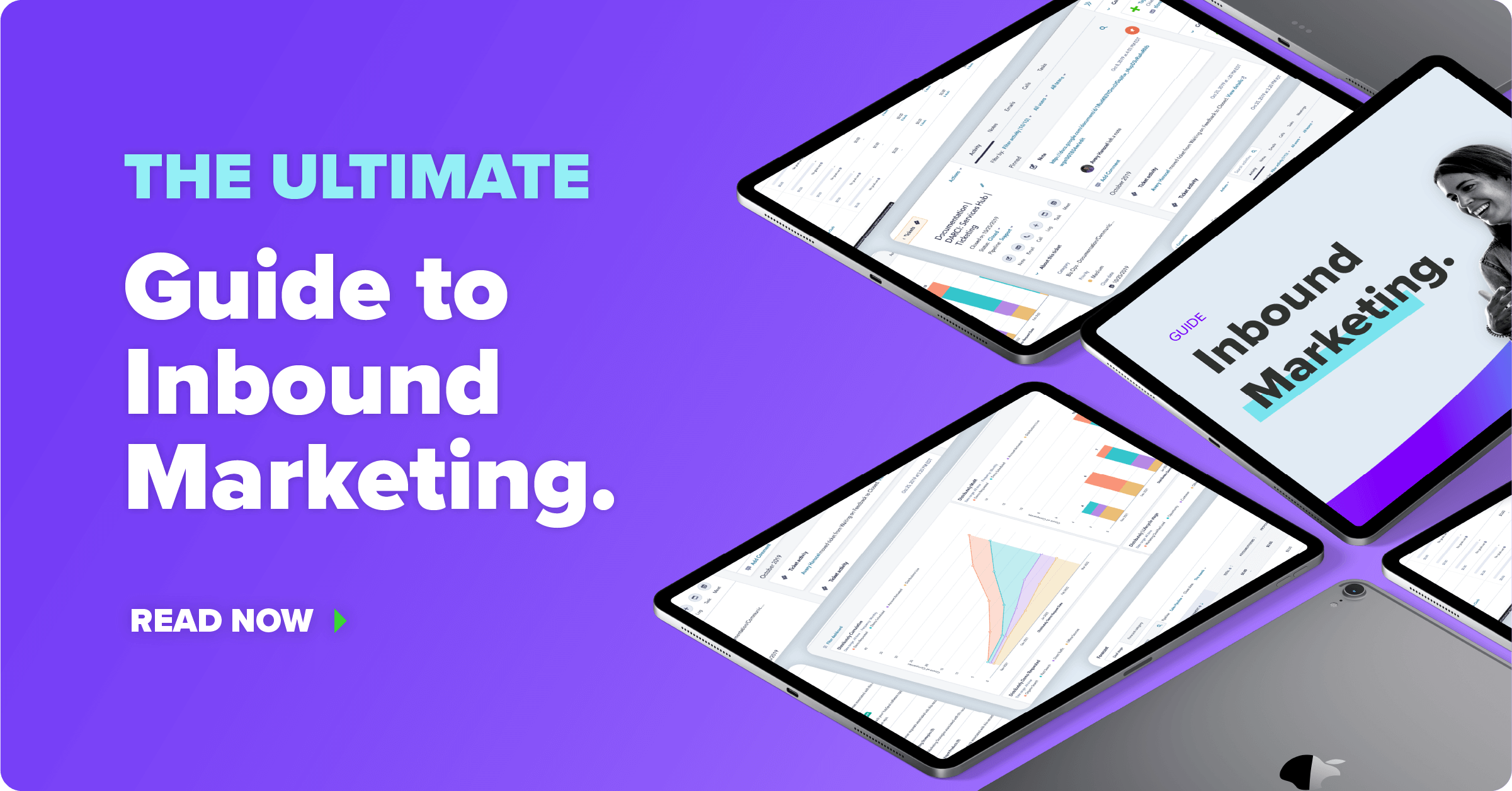The Five Principles of Inbound Marketing: SCOPE
The inbound methodology is constantly evolving. When HubSpot first coined the term in the early 2000s, the pieces of the puzzle were attract, convert, close and delight. Recently, with the development of the inbound flywheel, the methodology has shifted again to attract, engage and delight.
But no matter how much the methodology has changed over time, the five core principles of inbound marketing have endured:
-
Standardize
-
Contextualize
-
Optimize
-
Personalize
-
Empathize
Abbreviated as SCOPE, these five principles act as a guide for applying the inbound methodology effectively. No matter what marketing activity you’re involved in — be it email campaigns, blogging, conversational chatbots or something else — using SCOPE to shape and inform your approach is vital for inbound success.
Be sure to keep each of these principles in mind as you develop and execute your inbound strategy.
Standardize: Make It Scalable
As a company, you have an important story to tell about your brand values, internal processes and market solutions. The standardization component of inbound marketing is really about making sure that the story you’re telling remains consistent across the board.
The way you tell that story might change depending on a particular persona or pain point you’re addressing, but the arc and essence of the story should remain the same.
For example, New Breed’s standard promise is: We accelerate your growth by building predictable, measurable and proven marketing and sales solutions. That’s true for all of our customers, no matter the solutions they choose or the persona criteria they meet.
Contextualize: Make It Relevant
While standardization involves delivering similar messages, processes and results to your entire customer base, contextualization involves tailoring those things to resonate with the right people at the right time.
Contextualization is really where buyer personas come into play. You should tailor the way you organize and deliver your content based on:
-
Each persona’s pain points
-
Their stage in the buyer’s journey
-
The channel through which you’re delivering content
The key word here is “tailor.” Rather than lying, overexaggerating or changing your story completely — standardization prohibits that — you should mold the structure of that story to suit the needs and interests of the audience at any given time.
For example, if one of New Breed’s prospects downloads The Ultimate Guide to Inbound Marketing, then we know they’ve learned the core concepts of inbound, so we have an automated nurture track set up to send them the Inbound Marketing Cheat Sheet. In other words, we have a standardized process for delivering contextualized content to our prospects.
Optimize: Make It Better
The principles of inbound aren’t meant to delineate specific steps or processes in any particular order, but ideally, optimization should be the last step that occurs in any inbound marketing campaign.
After you’ve developed standard messaging and processes that appeal to your persona’s unique goals, plans and challenges, you can start digging into your data to identify gaps and make improvements over time.
No matter the marketing activity, you should be collecting pieces of information that tell you where, when and how to enhance your strategy in the future. For example, if you’re running an email nurture campaign, you should track and analyze data points like open rates and click-through rates to understand how to tailor your subject lines, email copy and content offers to be as relevant as possible to your personas.
Like the scientific method, optimization involves creating a hypothesis about how to make your strategy better based on the trends you’re observing in your data, conducting a controlled experiment testing that hypothesis and learning from the results. This experimentation is a cyclical activity that should occur indefinitely to ensure you’re always driving upward trends in lead generation, prospect engagement and revenue.
Personalize: Make It Special
Consumers today are inundated with automated emails, robocalls and cold, impersonal marketing material. If a particular company can make a prospect feel special, that company’s chance of eventually closing that prospect as a customer will skyrocket.
Personalizing your inbound content reinforces the feeling that you’re developing a one-on-one relationship with your customers. When prospects fill out a form or engage with your brand in any way, they’re offering a little bit of information about who they are and what they care about. Using that information to supplement your marketing material is how you stand out among your competitors.
If you can personalize (e.g., use the prospect’s first name in an email) and contextualize (e.g. send the prospect a case study when their web behavior indicates that they’re in the evaluation stage of the buyer’s journey) at the same time, you’ll be more likely to engage with prospects successfully.
Empathize: Make It Human
Some marketers are prone to be blinded by the data, but you can’t forget about the human element. When you show your prospects that you understand their challenges, that they’re not alone in those challenges and that you’re able and willing to help them overcome those challenges, you form an emotional connection with those prospects that is difficult to ignore.
You might be curious about the dichotomy there, between the automated, data-driven nature of standardization/optimization and the human ability to empathize. Truthfully, empathy is what ties the other four principles together. It’s what gives you the ability to scale and automate in the right direction — that is, toward your ideal customers, not away from them.
The point, of course, is not to look every single prospect in the eye and make them feel heard. That’s certainly not going to be possible as you scale. The point is to create a system where you can connect with the right people at the right time so that you can begin the process of forming a successful, long-term engagement that emphasizes customer delight and, therefore, requires empathy.
SCOPE: The Guiding Principles for Your Inbound Strategy
By saturating your inbound marketing strategy with these five elements, you increase your likelihood of generating inbound leads, engaging them with relevant content and closing them as happy, long-term customers.
Remember, standardization is important for the scalability of your marketing team. Optimizing your strategy takes time and experimentation. Gathering enough information about your buyers to personalize and contextualize your content effectively involves a level of trial and error as well.
In that way, inbound really is a forward-thinking method. Whatever time, money and effort you invest in your inbound engine today are going to come back to you in full force in the future.
Guido Bartolacci
Guido is Head of Product and Growth Strategy for New Breed. He specializes in running in-depth demand generation programs internally while assisting account managers in running them for our clients.





